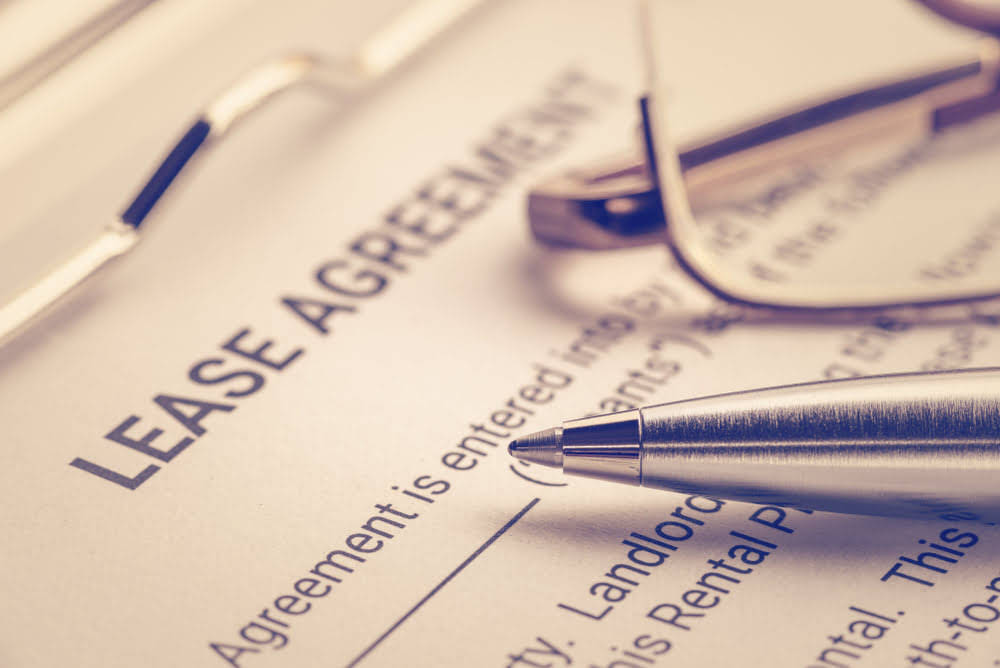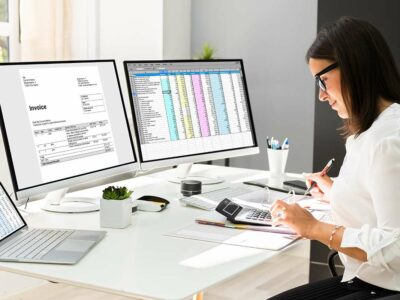
19-year real property is real property that is recovery property placed in service after May 8, 1985, and before 1987. It includes all real property, other than that designated as 5-year, 10-year, 15-year, or 18-year real property, or low-income housing. Low-income housing that was assigned a 15-year recovery period under ACRS includes the following types of property. 15-year real property is real property that is recovery property placed in service before March 16, 1984. It includes all real property, such as buildings, other than that designated as 5-year or 10-year property. You depreciable assets do not treat a building, and its structural components, as 10-year property by reason of a change in use after you placed the property in service.

Depreciable Property: Meaning, Overview, FAQ

However, if you buy technical books, journals, or information services for use in your business that have a useful life of 1 year or less, you cannot depreciate them. If Maple buys cars at wholesale prices, leases them for a short time, and then sells them at retail prices or in sales in which a dealer’s profit is intended, the cars are treated as inventory and are not depreciable property. In this situation, the cars are held primarily for sale to customers in the ordinary course of business. If an asset has an unlimited useful life, such as a piece of land, it is not considered a depreciable asset in accounting. That’s because such assets can be practically used forever without any apparent reduction in value.

Great! The Financial Professional Will Get Back To You Soon.
As time passes, the value of any given asset decreases, and there needs to be a way for businesses to account for this loss in value. Depreciation is the process https://www.bookstime.com/ of allocating and claiming a tangible asset’s cost each financial year that is spread over its predicted economic life. Small business owners can use depreciation to recoup some of the cost of an asset over its lifespan. Uses which can be considered part of a single use, such as a round trip or uninterrupted business use, can be accounted for by a single record.
- There is no unrecovered basis at the end of the recovery period because you are considered to have used this property 100% for business and investment purposes during all of the recovery period.
- This type of depreciation is calculated by dividing the cost by the expected life, which gives you an equal expense each year.
- March is the third month of your tax year, so multiply the building’s unadjusted basis, $100,000, by the percentages for the third month in Table A-7a.
- If any of the information on the elements of an expenditure or use is confidential, you do not need to include it in the account book or similar record if you record it at or near the time of the expenditure or use.
- XYZ’s taxable income figured without the section 179 deduction or the deduction for charitable contributions is $1,180,000.
- The lessee determines the inclusion amount by taking into account the average of the business/investment use for both tax years and the applicable percentage for the tax year the lease term begins.
- Reading the headings and descriptions under asset class 30.1, you find that it does not include land improvements.
Depreciate buildings, not land

Listed https://www.instagram.com/bookstime_inc property meets the predominant use test for any tax year if its business use is more than 50% of its total use. You must allocate the use of any item of listed property used for more than one purpose during the tax year among its various uses. The percentage of investment use of listed property cannot be used as part of the percentage of qualified business use to meet the predominant use test. However, the combined total of business and investment use is taken into account to figure your depreciation deduction for the property.
An amortization schedule is often used to calculate a series of loan payments consisting of both principal and interest in each payment like a mortgage. Amortization is the reduction in the carrying value of the balance because a loan is an intangible item. The fastest way to receive a tax refund is to combine direct deposit and IRS e-file. Direct deposit securely and electronically transfers your refund directly into your financial account. Eight in 10 taxpayers use direct deposit to receive their refund. The Tax Counseling for the Elderly (TCE) program offers free tax help for all taxpayers, particularly those who are 60 years of age and older.
